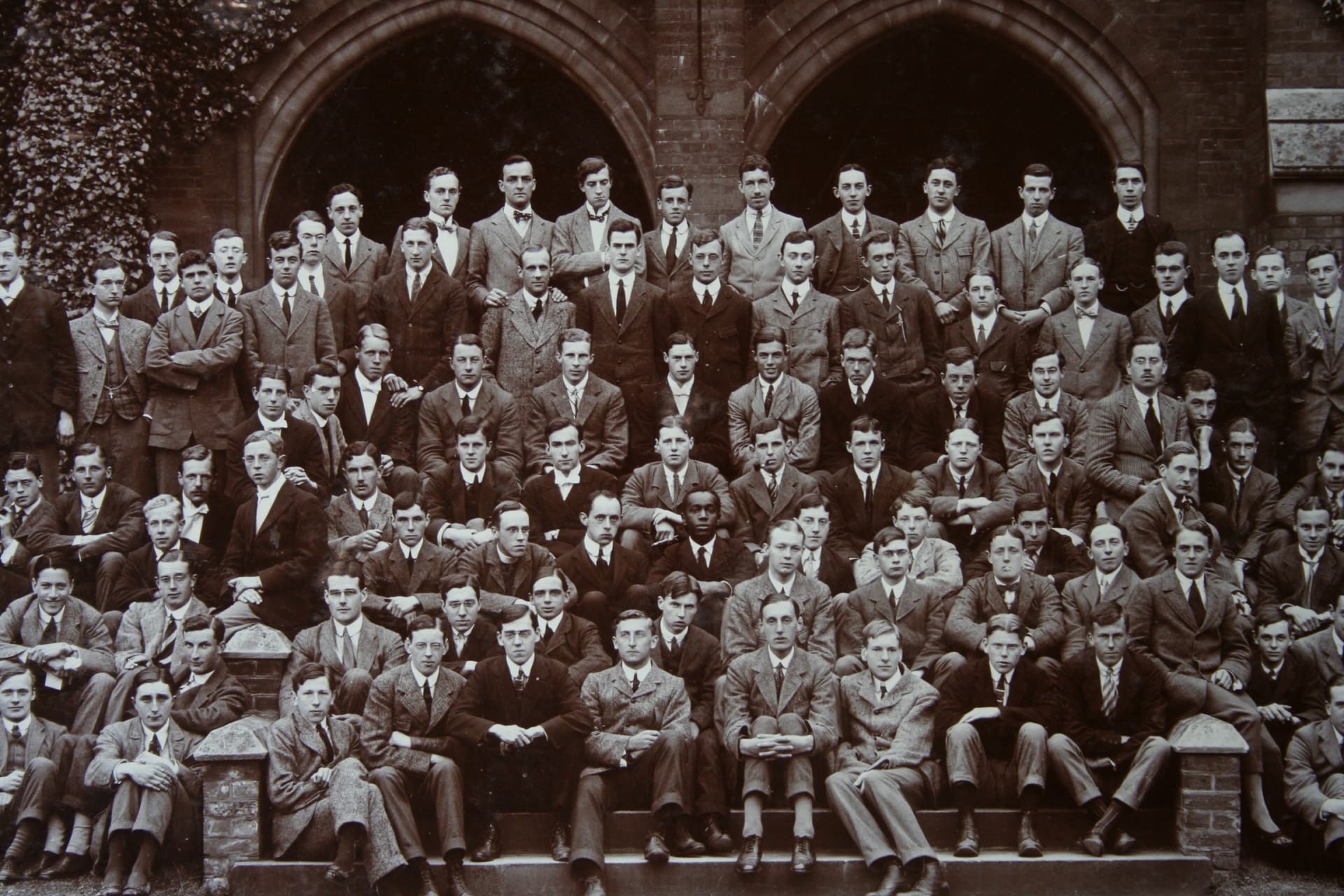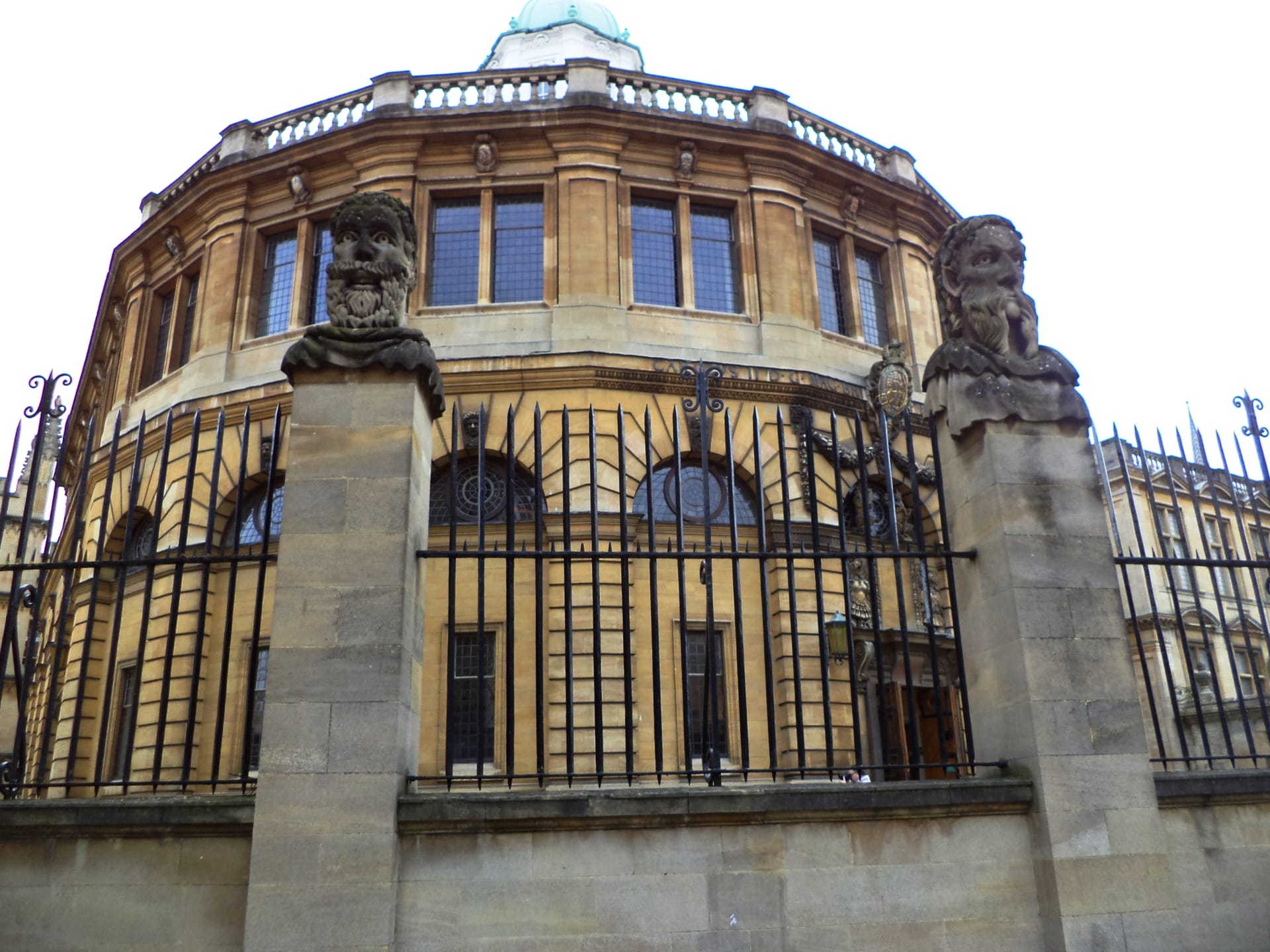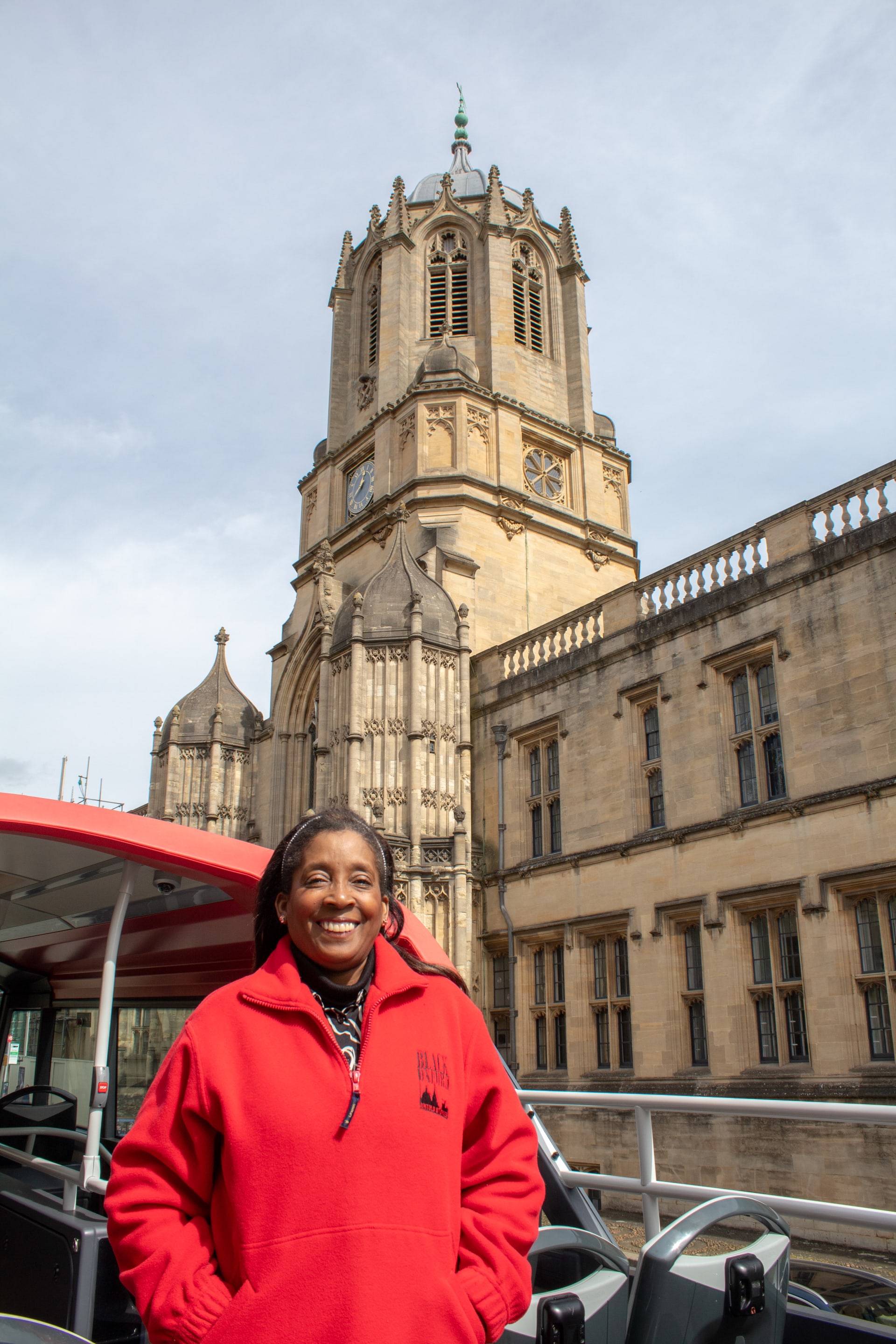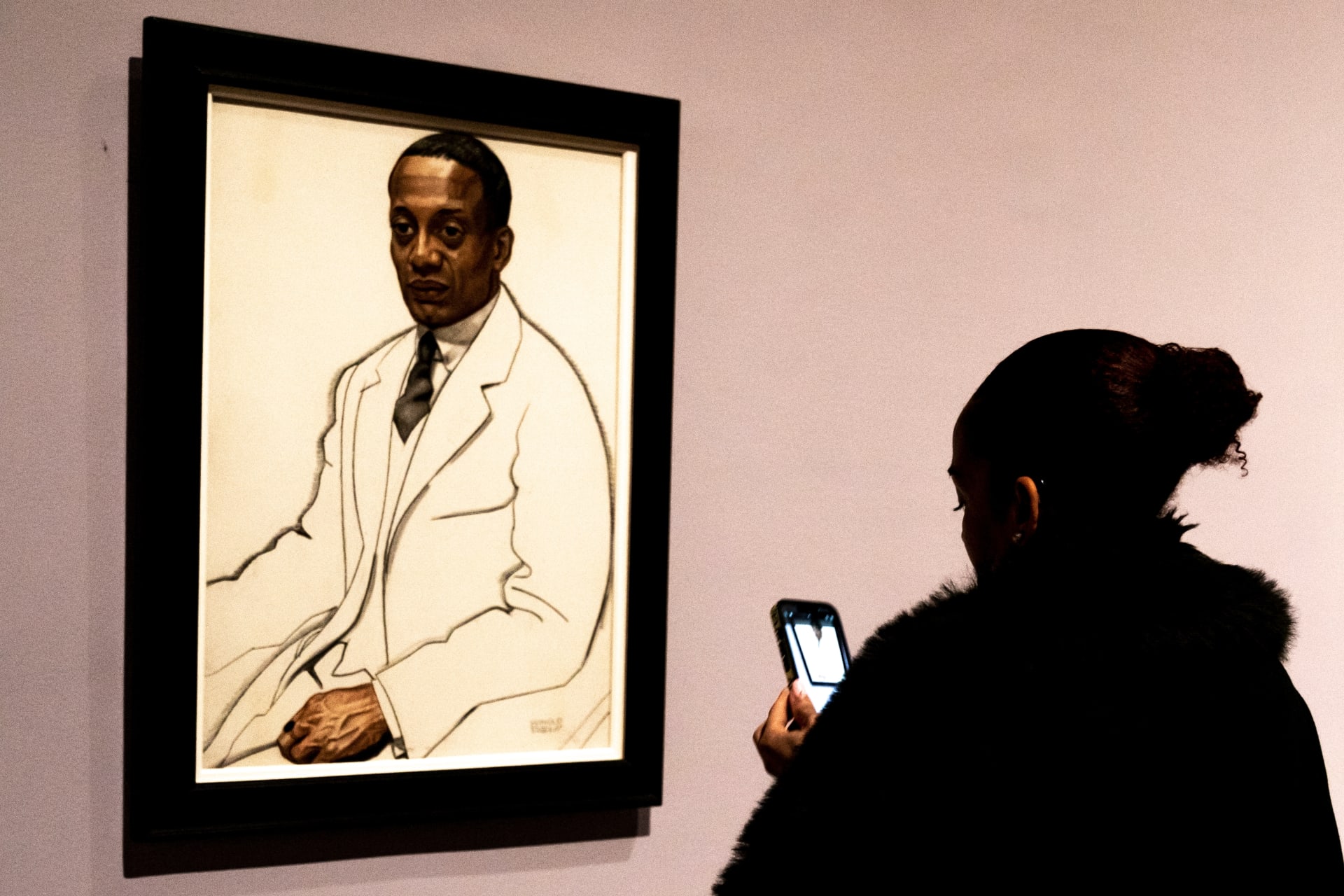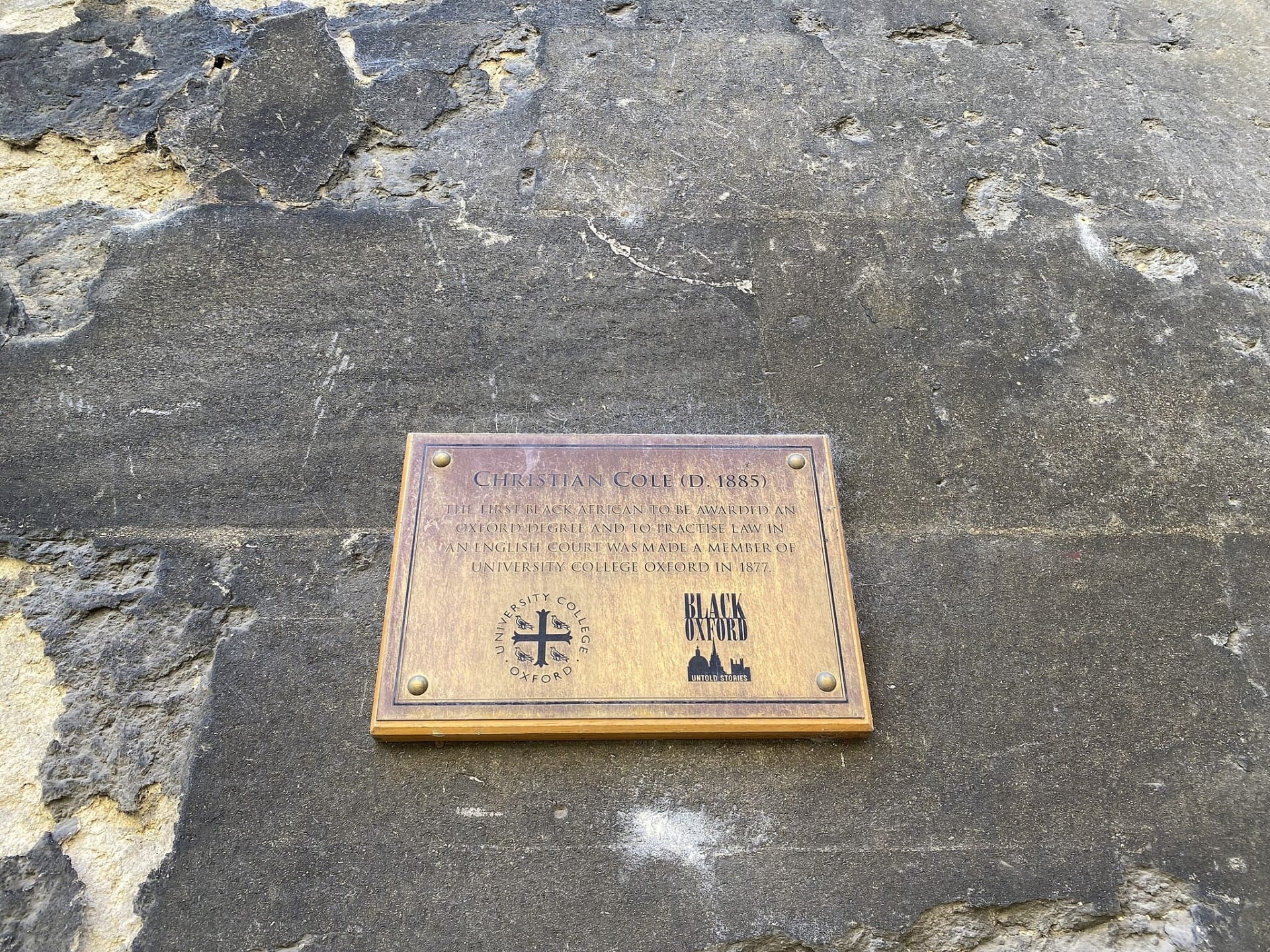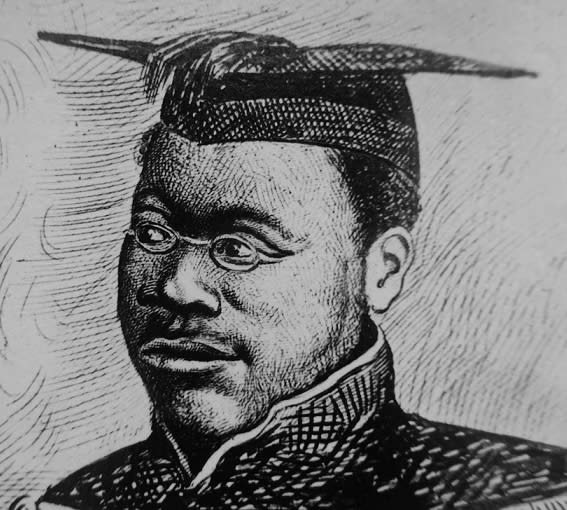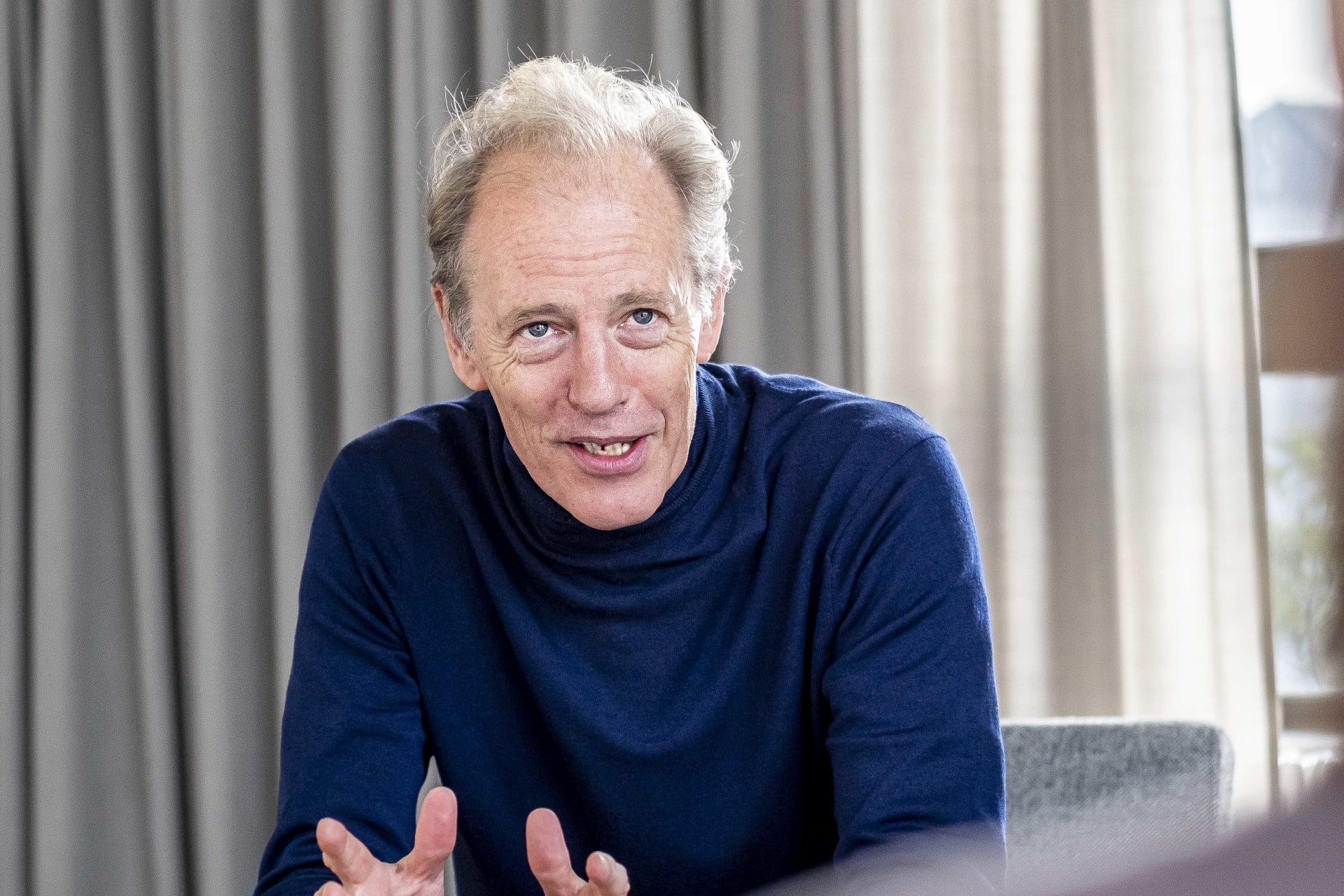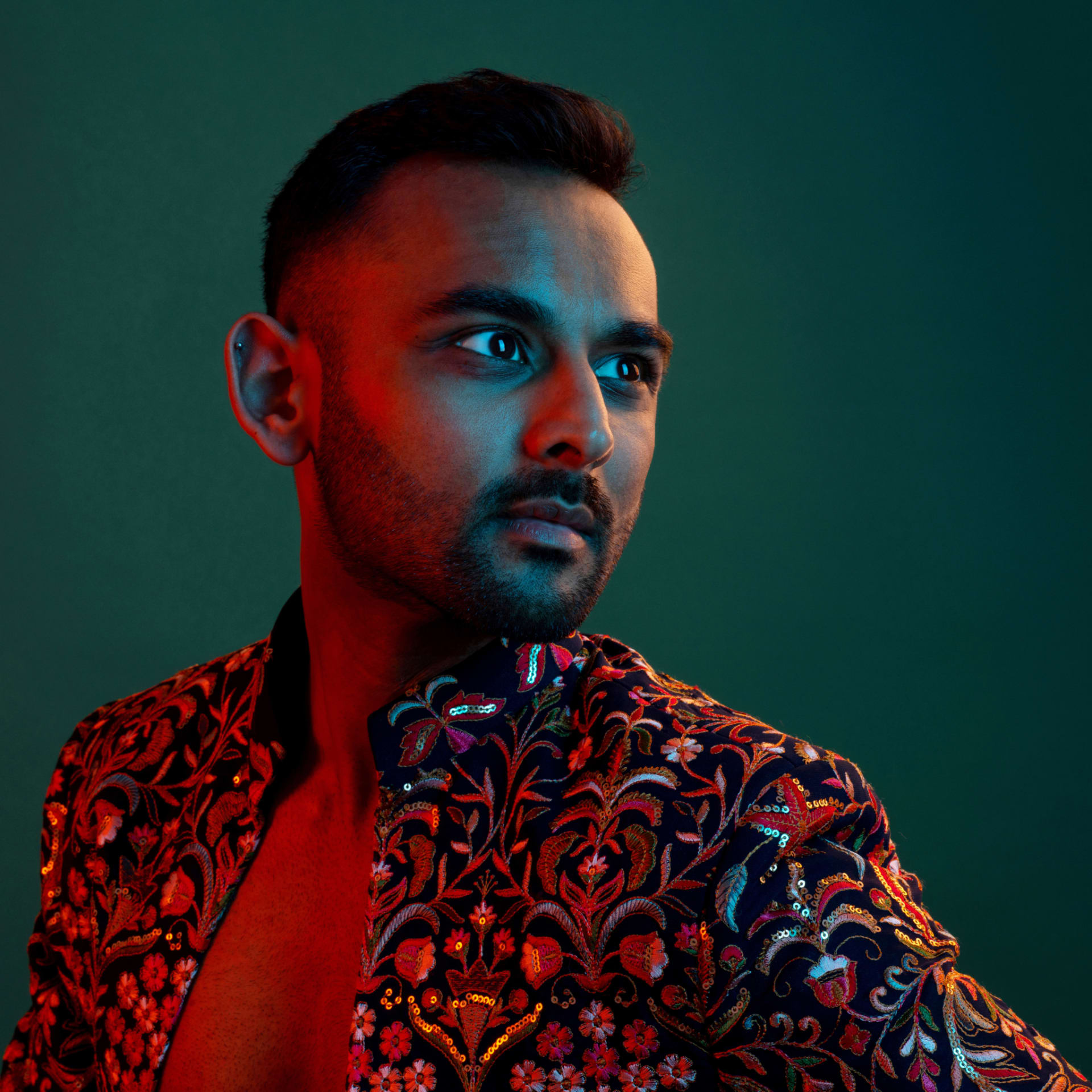When you think of the notable figures that have come to Oxford University in its almost 1000-year history, you’ll most likely think of Oscar Wilde, Lewis Carroll, Bill Clinton or basically any UK politician. Names like Christian Cole and Alain LeRoy Locke are not likely to come up, and for good reason – the stories of these luminary black scholars have not been told. Not until, that is, Pamela Roberts founded Black Oxford: Untold Stories and wrote her fascinating book, Black Oxford: The Untold Stories of Oxford University’s Black Scholars.
Pamela is an award-winning historian, creative producer, corporate and executive coach, and Fellow of the Royal Historical Society and Royal Society of the Arts. When I spoke to her she was in New York on tour for her latest book, The Adventures of a Black Edwardian Intellectual – The Story of James Arthur Harley. The sounds (and sirens) of the city street outside percolated into our call, which, on 4 July, was a momentous day on both sides of the Atlantic.
The birth of the Black Oxford project was catalysed by an insulting and ignorant remark made to Pamela at Oxford’s tourist information centre. At the time, she had seen great success with a black international media festival she founded (even receiving an award from the late Queen). She’d been invited to bring the festival to Oxford where it was to be hosted by Keble College. “I wanted to do something around black scholars but I wasn’t sure what I wanted to do,” she tells me. “Upon enquiry at the tourist information centre, I was told that black people did not go to the University – they only came to work in the factories and drive the buses.”
This gave Pamela the impetus to deploy her considerable historical acumen and begin delving through the archives. “What I found fascinating was, once I started to unearth and excavate these stories, there was a wealth of students who had arrived from the Caribbean, the Commonwealth and the African diaspora, but their stories weren’t told or highlighted.” The result is that we’re left with Oxford “as this bastion of white elite male privilege, and black presence was almost airbrushed out of existence.”
One figure that Pamela knows incredibly well, having both written and produced a short film about, is Christian Cole, the first black scholar at Oxford University who went on to become the first black person to practise law in Great Britain. He came to Oxford in 1873 from Sierra Leone when he was 21. He studied initially as a non-collegiate student and received an honours degree in classics in 1876. This was a phenomenal achievement in itself, as it was very rare for non-collegiate students to get honours degrees at the time.
It is crucial to bear in mind the historical context here: Cole arrived in Oxford only 60 years or so after the formal end of the transatlantic slave trade – indeed, his grandfather had been enslaved. He would have likely been the first black African person that anyone had seen in Oxford. “So there is Cole,” Pamela describes, “at that time, the only one – how must that feel? He’s operating in this environment with no support, no family structure, no network and this young 21-year-old had to navigate that course and the social scene.”
He encountered financial difficulty while at Oxford. To begin with, his uncle helped to fund his studies and he supported himself by tutoring and giving music lessons. Eventually, this was insufficient and, testament to his academic abilities and the admiration of his peers, a campaign was started to raise money for him. This had the support of the master of University College, George Bradley, and fellow student Herbert Gladstone, son of former Prime Minister William Gladstone. Bradley then awarded Cole membership of University College in 1876, paying his first two years of fees.
Until Pamela began her work uncovering these stories, there was no formal mention of Cole to be found anywhere. Thanks to her work, there is now a plaque on Logic Lane commemorating him and his extraordinary life. This is in contrast to the grand statue memorialising another Univ student, Percy Shelley, who attended the College in 1810. The white marble edifice has been there since 1893 and commemorates a man who was, Pamela informs me, “expelled in disgrace after only eight months.”
Shelley was expelled for, among other things, refusing to condemn his pamphlet, The Necessity of Atheism, now considered a seminal work of religious criticism. The Master at the time, James Griffith, probably hoped he’d never hear another word said about the upstart poet. Shelley’s monument. therefore, represents a willingness of the College to (in some sense) correct their record and celebrated a man who was arguably treated harshly by today’s standards. In short, if they can do this for Shelley, why can’t they for Cole?
A comparison of Shelley and Cole raises serious questions. “This young black man took one of the hardest degrees at the time and then became the first black barrister in Great Britain, and yet where is the mention of him? Where is his accolade? Where is his statue? And if you look at my work,” Pamela continues, “where is the photograph? The only image you have is this caricature [of Cole]. You can see him dressed in his gown but it’s very ‘minstrelised’. You look at the trousers, the pantaloons – what does that say about him? That I found totally disrespectful in terms of who is celebrated – why are they celebrated? Who makes that decision?”
Notably, the same year Cole came to University College to begin his honours degree, Cecil Rhodes was rejected and instead went to Oriel, where his statue remains to this day. Rhodes, an avowed imperialist and white supremacist, is the focal point for much of the push for the University to tackle its colonialist associations – most notably through the Rhodes Must Fall campaign. That he was rejected at the very same time that Oxford’s first black scholar was accepted, is one of those rare moments where history seems to have a sense of justice and, dare I say, humour.
Rhodes’ name is now of course most famously attached to the prestigious international scholarship. Much more interesting than Bill Clinton’s adventures as a Rhodes Scholar (did he inhale?) is the life of the first African American Rhodes Scholar, Alain LeRoy Locke. He is another figure whose relative obscurity in Oxford stands in stark contrast to his academic and cultural impact.
Having graduated from Harvard with degrees in English and Philosophy, Locke came to Hertford College in 1907. Again, for historical context, this is only about a decade after the landmark US Supreme Court decision, Plessy v Ferguson, which formally instituted the ‘separate but equal’ doctrine of the Jim Crow era. This would last until the 1960s, a decade which saw the next African American Rhodes Scholar, John Edgar Wideman, come to Oxford. African Americans were routinely presented in the media and popular culture as inferior, and Locke’s Rhodes Scholarship was met with a kind of alarmist bigotry, the New York Times running the headline: Negro Wins Scholarship.
Locke studied Philosophy, Greek and Literae Humaniores (classics) and co-founded the African Union Society. He was a member of the Oxford Cosmopolitan Club, alongside another inspirational black legal scholar, his friend Pixley ka Isaka Seme, who went on to found the African National Congress in South Africa. Locke’s contribution to philosophy, aesthetics and cultural criticism cannot be overstated. He is considered to be the father of the Harlem Renaissance, the artistic and intellectual revival of African-American culture and scholarship centred on Harlem in New York during the 1920s and 30s.
The seminal anthology, The New Negro, edited by Locke, is considered to be the definitive text of the movement, containing work by writers such as Countee Cullen, Zora Neale Hurston and Claude McKay. For Pamela, the overarching theme of Locke’s life is his belief that “education will take him through.” Locke’s stance was “I’m not a negro, I'm Alain LeRoy Locke. You should judge me based on my academic abilities, not my colour.”
There is work going on at the University to grapple with its whitewashed history and image. The Diversifying Portraiture project – itself taking a cue from Pamela’s book – has made an impact on the dominance of, to put it bluntly, dusty old white men staring down from the walls of university buildings. The wider point to be confronted is perhaps that such projects shouldn’t have to be part of a diversity initiative – these scholars deserve to be celebrated not simply to provide a balance to the Shelleys and the Wildes, but because they led lives of enormous significance and impact, and the University should be proud to recognise their relationship with them.
On this issue, Pamela draws a vital distinction – between diversity and inclusion. “Diversity, for me, is about numbers. But inclusion is the idea that, yes you might have the numbers, but are you comfortable in the space? Are you welcome? Are you being catered for?” It is not enough to simply have a seat at the table, it has to also be about “who has the power to speak. You could be at the table, but do you have equity and parity? Are you there just to look good and make up a number, or, when you do say something, your voice is head, recognised, and acted upon.”
Pamela’s approach is one that seeks to demystify history and bring it to life – something that her creative talents support beautifully. In partnership with Oxford City Sightseeing, she has created an hour-long bespoke commentary to accompany a bus tour of the city, visiting the places key to the stories of Oxford’s black scholars. This is followed by a guided walking tour. There is real excitement in Pamela’s voice as she describes this to me. It’s a development of her work with Black Oxford, she says, “to give people an opportunity to learn history via a new method.”
With a chuckle she tells me how from the top of the bus she’ll be doing her “impression of Boadicea – leading the charge.”citysightseeingoxford.com/black-oxford/
For more about Pamela’s work, and to stay informed of future projects, visit
blackoxford.netv
